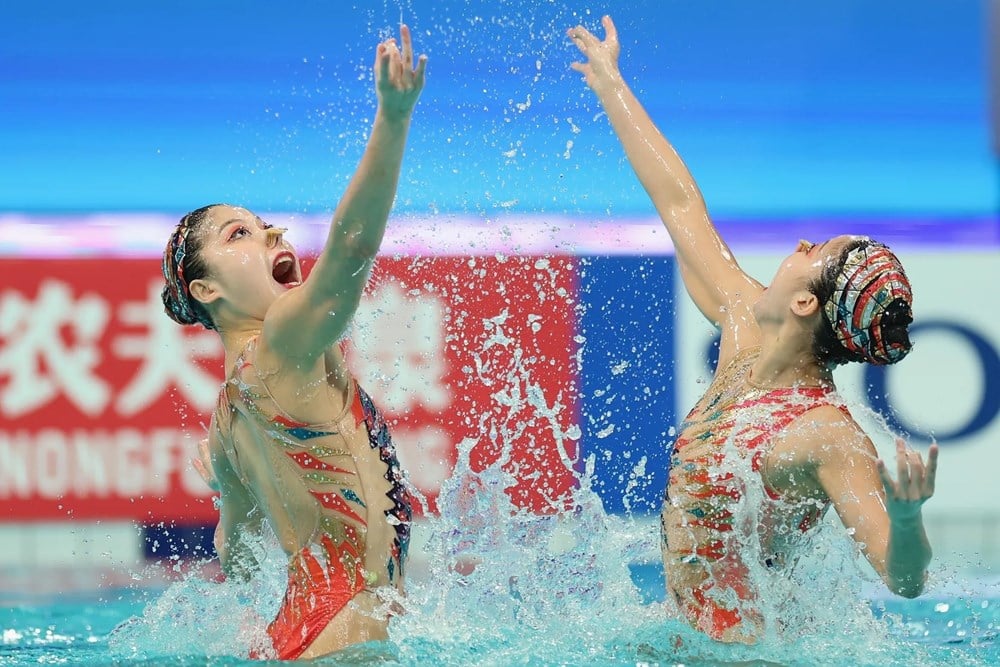
Xi'an has a clear vision of turning international sporting events into catalysts to boost the economy , MICE tourism and creative culture.
From a thousand-year heritage to a modern sports city
In 2025 alone, Xi'an will host a series of major events: the World Synchronized Swimming Championships Super Finals, the FIVB Volleyball Nations League, the World Snooker Grand Prix and the Asian U23 Qualifiers .
These events bring tens of thousands of visitors, global media opportunities and a range of cultural and tourism product packages.
Since hosting the Xi'an Marathon, the city government has identified sports as not just a game, but an industry where culture, technology, tourism and commerce intersect.
In 2024, the marathon will bring in about 320 million yuan. By early 2025, Xi'an will have 13 large-scale sports enterprises (more than double that of 2023). Creative cultural products from snooker, marathon, football such as: T-shirts, ceramic cups, cartoon models... all sold out in a short time.
What is special is that the sports image is associated with the identity of Chang'an, from the logo, colors to the media story. Spectators come to the stadium, but when they leave, they take a part of Xi'an culture with them in their bags, on their shirts, or in souvenir tickets.
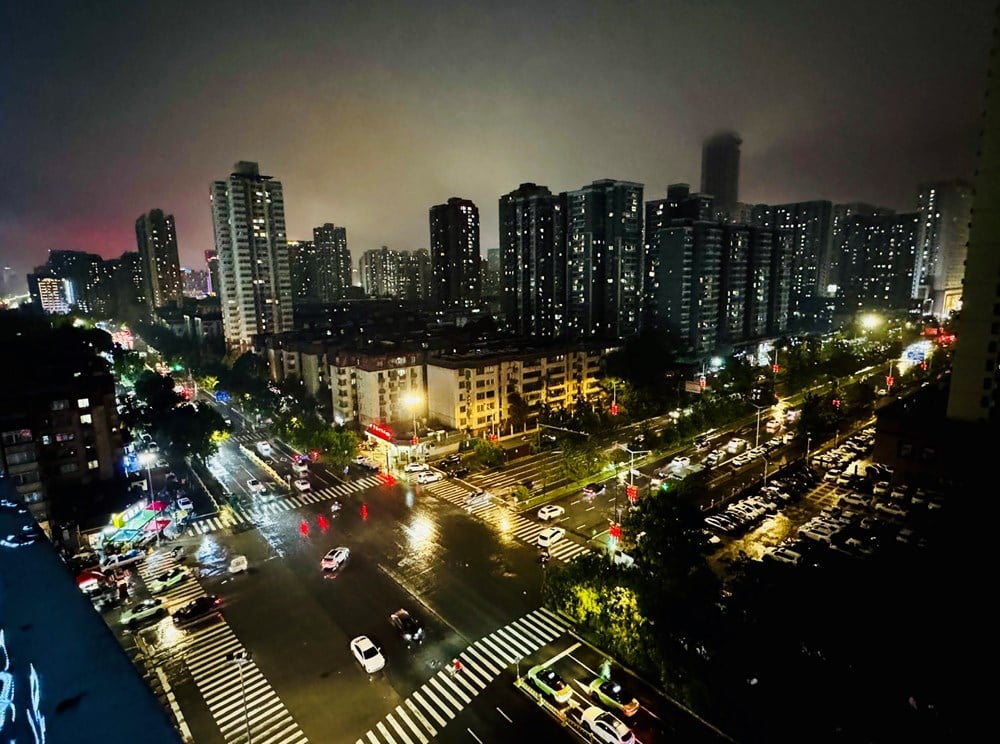
MICE tourism combined with fan-tour: “City stadium” strategy
Xi'an has created a model worth learning from: Sports event tickets are the key to opening the door to tourism. Ticket holders get discounts at 220 hotels, restaurants, and tourist attractions.
The 2026 AFC U23 Championship qualifiers in Xi'an attracted 86,000 fans, generating more than 200 million yuan in spending, from hotels, food, to heritage experiences.
The “Love Fills Chang’an” campaign triggered a total spending of more than 793 million yuan.
Instead of holding events in a closed stadium, Xi'an turns the entire city into a "living room", where visitors can watch the competition and live in the atmosphere of Chang'an, from the ancient town, Hukou waterfall, to the Battle Horses under the night lights.
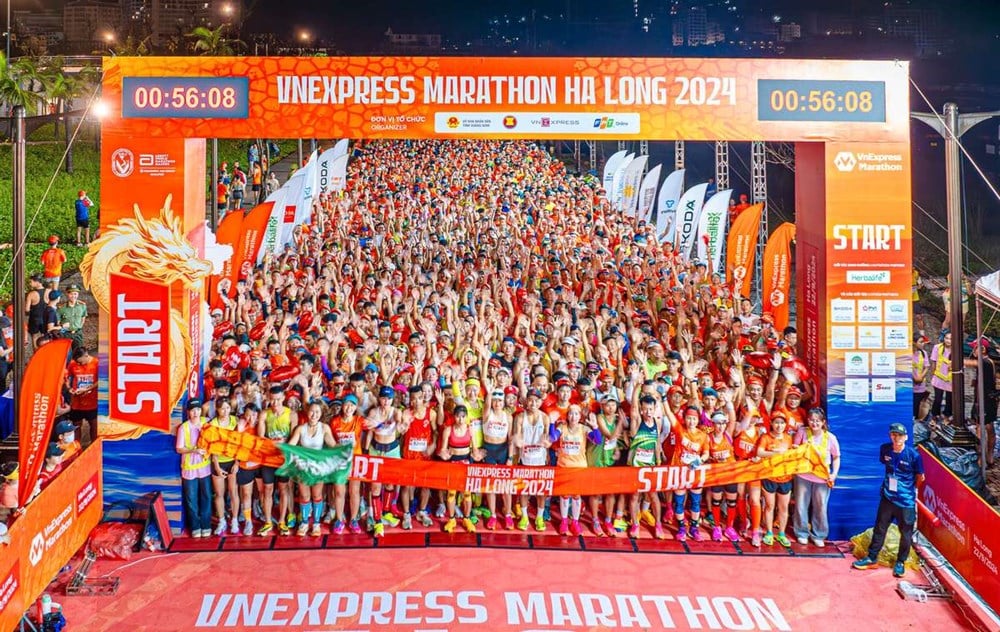
What opportunities for MICE tourism in Vietnam?
Despite possessing many advantages such as beautiful nature, unique culture, rich cuisine, diverse accommodation facilities, passionate love of sports… Vietnam has yet to exploit sports as a rich source of MICE tourism revenue with much room for development.
In Vietnam, sports are still largely seen as a grassroots activity, associated with competition achievements, political tasks or cheering spirit, rather than an economic sector that generates revenue and boosts tourism.
The lack of connection between sports, tourism, commerce and media means that although tournaments attract audiences, they do not create a long-term value chain, nor form tourism products or destination brands.
When the event ends, the flow of visitors and resources stops, the venue is closed, and tourism economic activities return to their old orbit.
Meanwhile, China, and Xi'an in particular, has established a complete ecosystem: the State plays the role of policy maker, businesses exploit commerce, and people benefit from tourism, retail, and cultural services.
Sports are identified as an economic sector in the national strategy, receiving systematic and continuous investment.
Each tournament is not the end but the beginning of a new tourist season, new products and new communication campaigns. The stadium becomes the door for tourists to enter the city, and the city becomes a giant “international living room” where heritage, sport and consumption create value together.
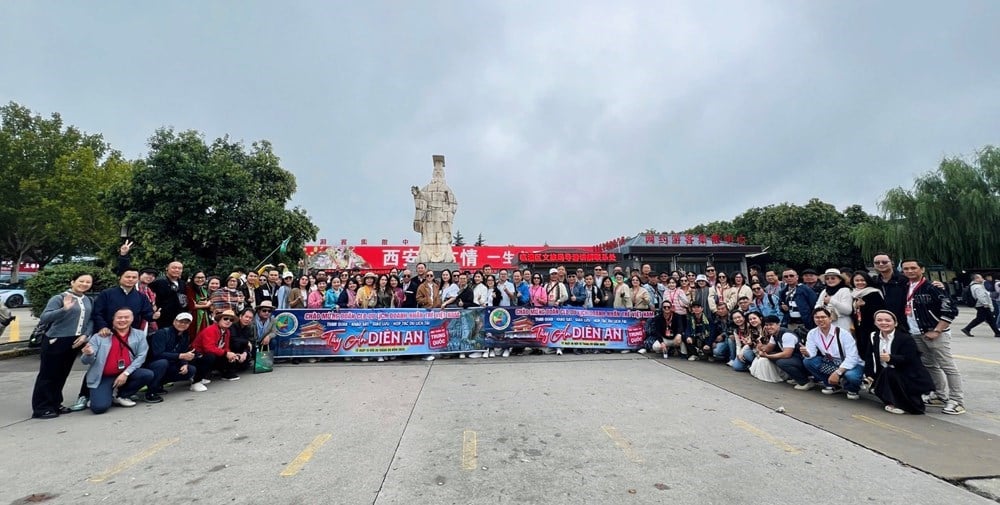
Lessons in developing MICE tourism following the Xi'an model
Recently, the Vietnam Young Entrepreneurs Tourism Club coordinated with Chinese partners to organize a tourism survey in Xi'an and Yan'an (Shaanxi province) with the participation of more than 90 Vietnamese tourism businesses.
Vice President of the Vietnam Young Entrepreneurs Tourism Club, Chairman of the Board of Directors of THK Tourism Service and Trade Joint Stock Company, Head of the survey team said: "After the survey, tourism businesses all shared the same opinion that Xi'an in particular, and China in general, do tourism very systematically; effectively exploit cultural resources, natural resources and closely link between industries and localities for mutual development."
Mr. Hai believes that in order to develop MICE tourism (tourism combining conferences, seminars, incentives, and events) and sports in the way that China, especially Xi'an, is doing very successfully, Vietnam needs to start with the mindset of planning "event cities".
“Hanoi, Da Nang, Nha Trang or Phu Quoc all have the advantage to become such centers, where each marathon, each SEA Games or international fireworks festival is not just a short-term performance but becomes a driving force to stimulate tourism, trade and culture,” said Mr. Nguyen Ha Hai.
If Xi'an is called "China's sports living room", then it is entirely possible to imagine Hanoi with the marathon around Hoan Kiem Lake, Da Nang with Ironman, Nha Trang with the Sea Festival or Phu Quoc with the World Beach Volleyball Championship in a similar role.
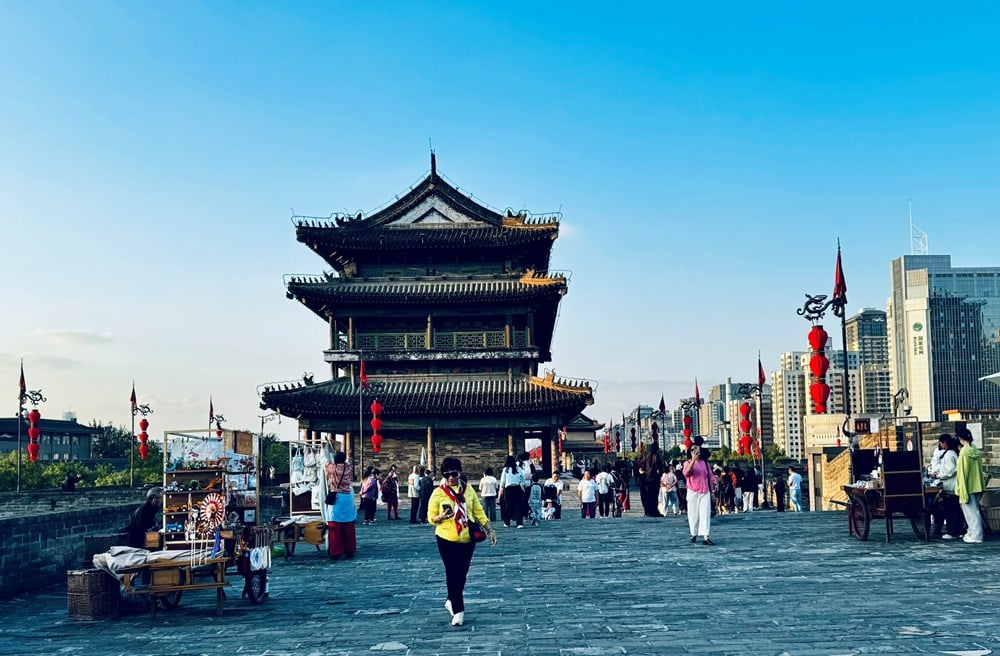
One way Xi’an differentiates itself is by turning its “sports ticket” into a “tourism ticket.” Viewers of football, volleyball, or synchronized swimming not only get into the stadium, but also get discounts on sightseeing, hotel stays, and dining at local restaurants.
This model can be applied in Vietnam: Tickets for the AFF Cup final at My Dinh or SEA Games tickets in Hanoi can come with discounts on admission to the Temple of Literature, the National History Museum; discounted tours to Trang An (Ninh Binh), Ha Long (Quang Ninh) or beach resorts.
Xi’an also proved that the profits from sports come not only from admission tickets, but also from creative cultural products. Spectators do not leave the stadium empty-handed, they take home T-shirts with images of the Terracotta Army, souvenir cups or tournament mascots.
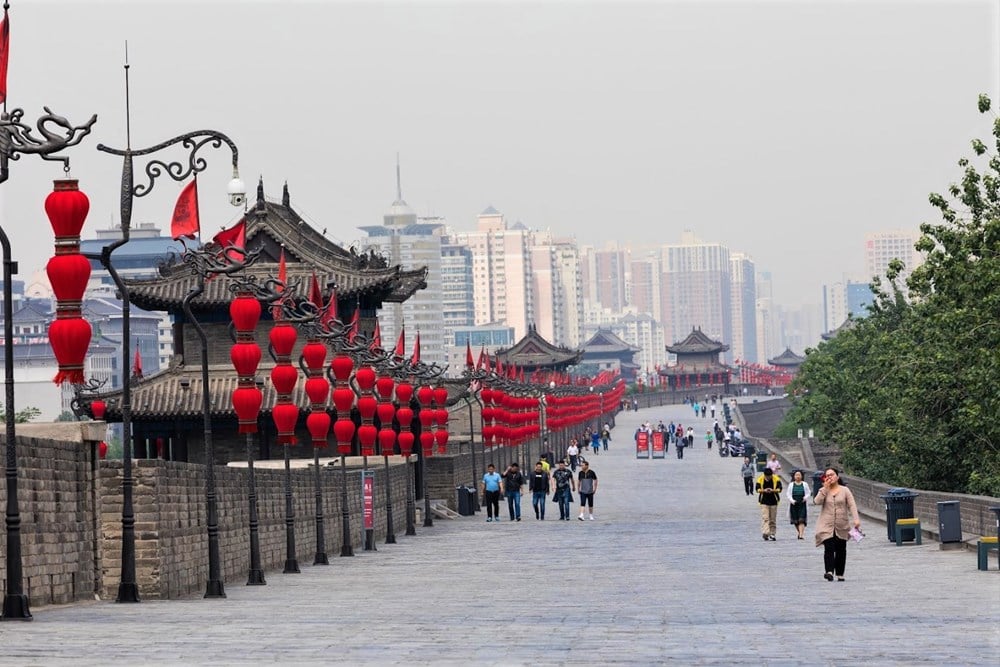
Vietnam has a unique cultural advantage but its products for sports fans remain monotonous.
If exploited, the models of players Quang Hai, Van Quyen, Duy Manh, Ngoc Hai... T-shirts, cups, bags, souvenir plates printed with images of One Pillar Pagoda, Temple of Literature - Quoc Tu Giam, Ngo Mon Gate of Hue Imperial City, Ha Long Bay, Sao La SEA Games mascot... can completely become cultural - tourism products that bring in revenue and foster pride.
More importantly, MICE tourism programs need to be designed as a holistic experience journey, where sports, heritage, conferences and cuisine are interconnected.
The Hue Marathon can be combined with the Ao Dai night on Truong Tien Bridge, Perfume River, Imperial Citadel tour and business discussion sessions at Muong Thanh or Silk Path hotel.
In Ha Long, an international conference takes place in the auditorium, which can be expanded with a beach volleyball match at Tuan Chau, a golf tournament on FLC Ha Long course, a seafood party on a cruise and experiencing one of the most beautiful bays in the world at night.
“The lesson in Xi’an proves that a destination can go from the past to the future through sports and tourism. The stadium is no longer the end of an event, but the starting point of cultural, economic and emotional journeys,” commented Mr. Nhan Hanh Nhon, Director of OSC First Holydays Travel Services Co., Ltd.
If Vietnam identifies sports as an economic sector, and can connect heritage - MICE - creative industry, we can absolutely become a world event center.
And every match, every marathon, every fan uniform, every football ticket becomes an attractive tourism product, making visitors happy to spend money to enjoy their days in Vietnam.
Source: https://baovanhoa.vn/du-lich/tay-an-tu-co-do-lich-su-den-trung-tam-the-thao-du-lich-toan-cau-176595.html


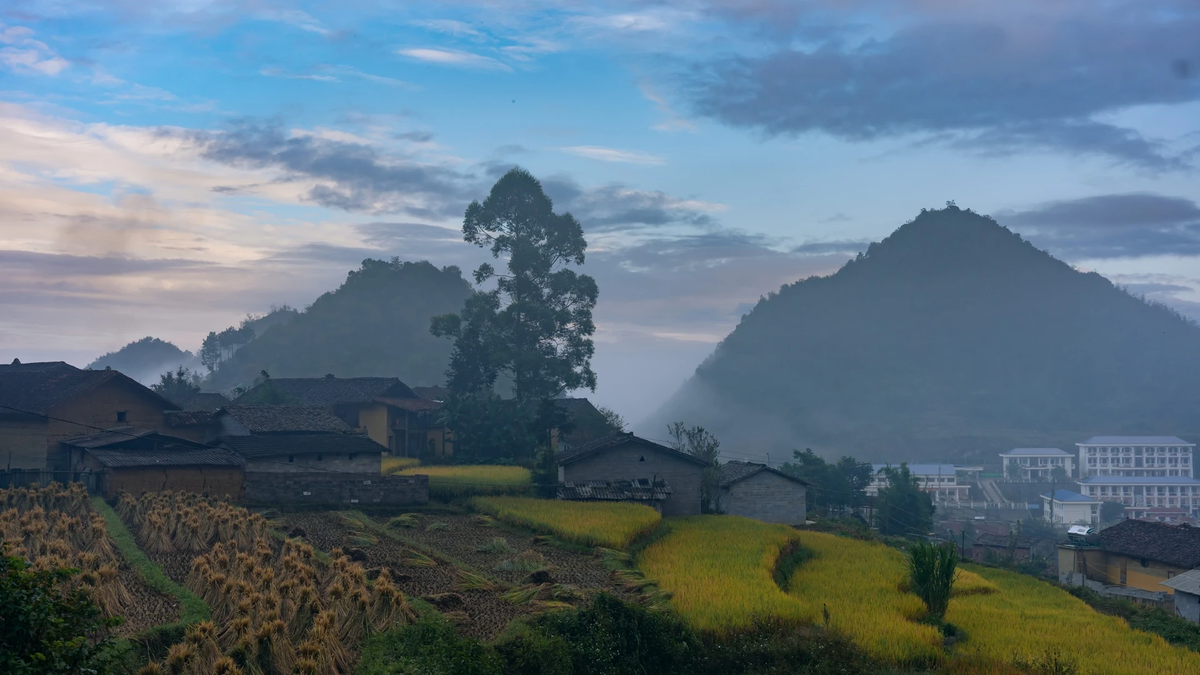
![[Photo] President Luong Cuong holds talks with South African President Matamela Cyril Ramaphosa](https://vphoto.vietnam.vn/thumb/1200x675/vietnam/resource/IMAGE/2025/10/23/1761221878741_ndo_br_1-8416-jpg.webp)
![[Photo] Prime Minister Pham Minh Chinh meets with South African President Matamela Cyril Ramaphosa](https://vphoto.vietnam.vn/thumb/1200x675/vietnam/resource/IMAGE/2025/10/23/1761226081024_dsc-9845-jpg.webp)
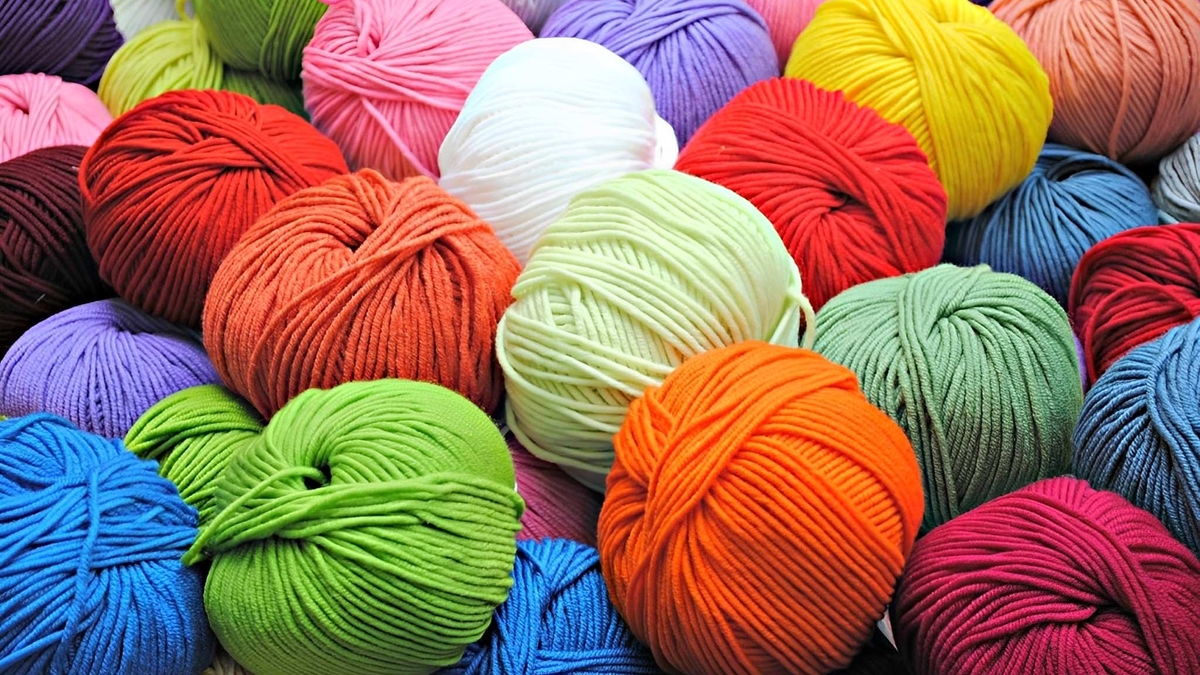
![[Photo] Prime Minister Pham Minh Chinh chairs meeting on railway projects](https://vphoto.vietnam.vn/thumb/1200x675/vietnam/resource/IMAGE/2025/10/23/1761206277171_dsc-9703-jpg.webp)
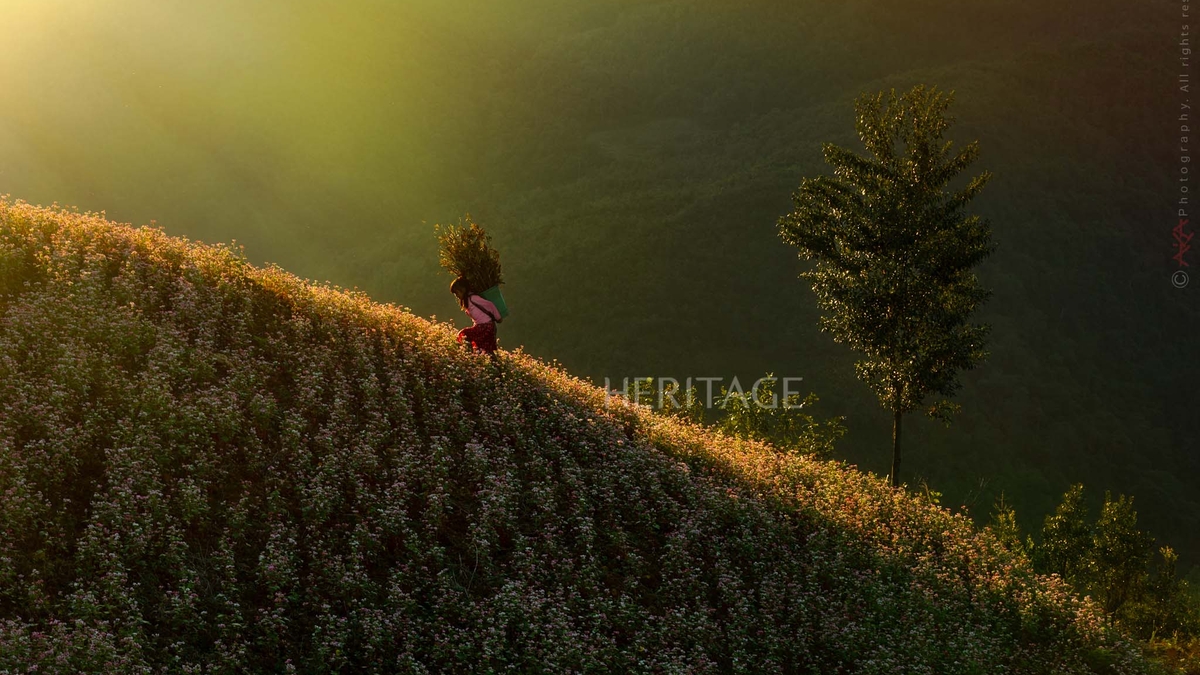
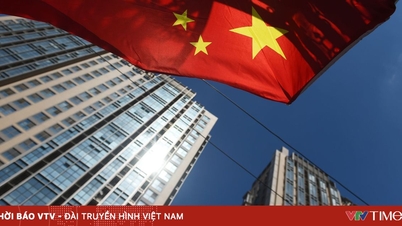

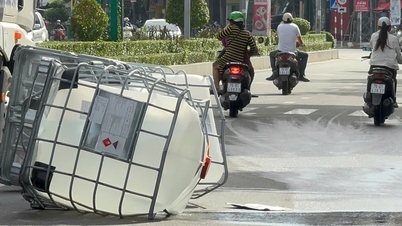

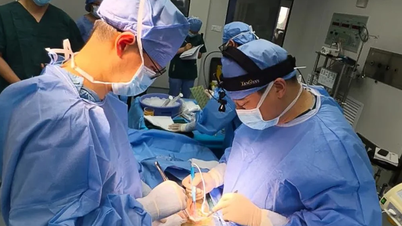
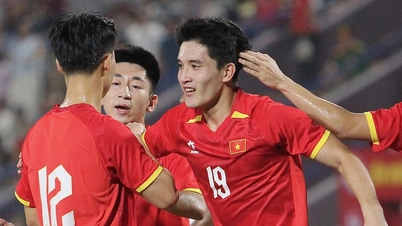
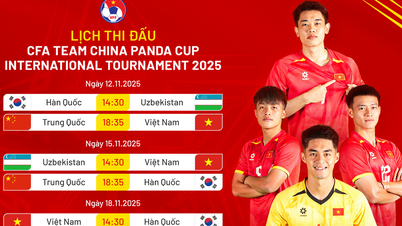

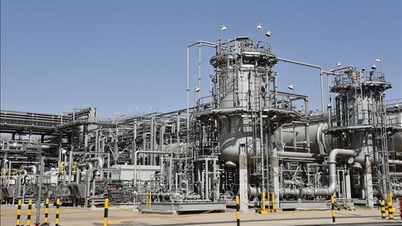

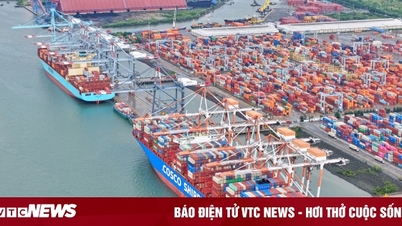

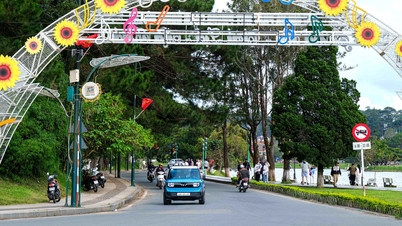
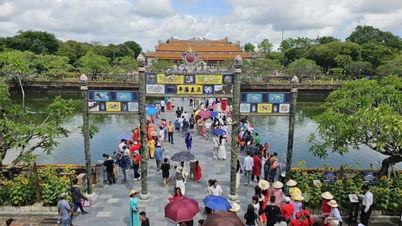


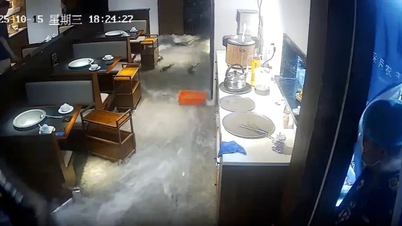

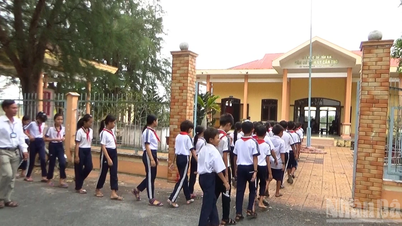




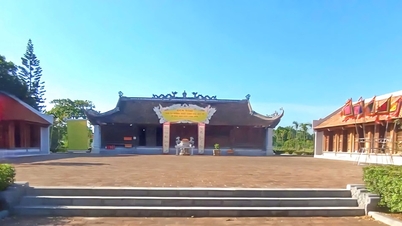
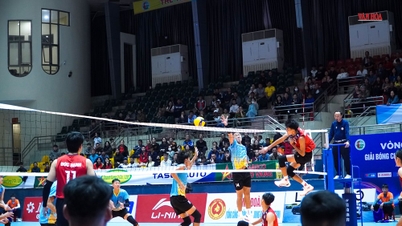
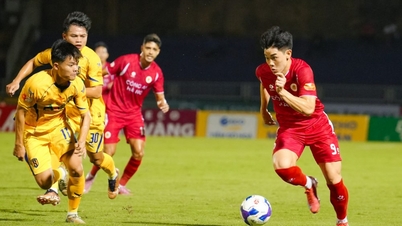

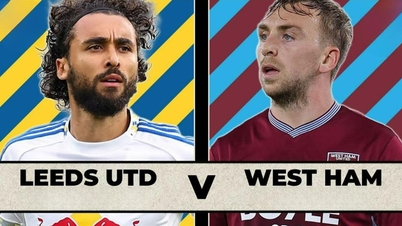
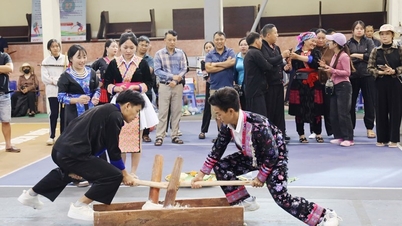

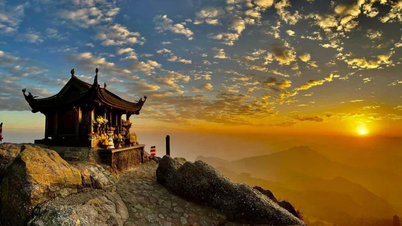







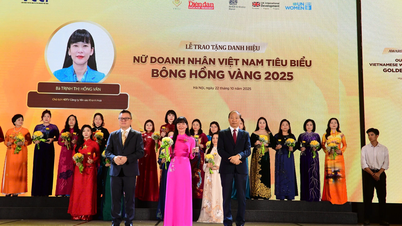

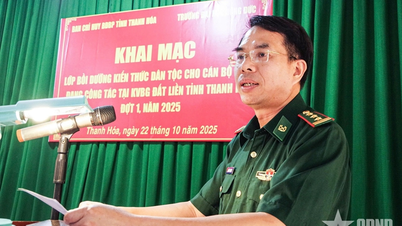



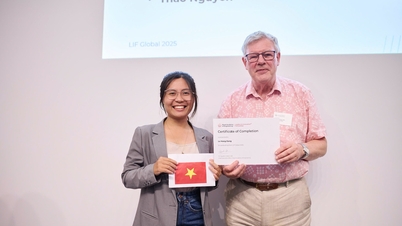



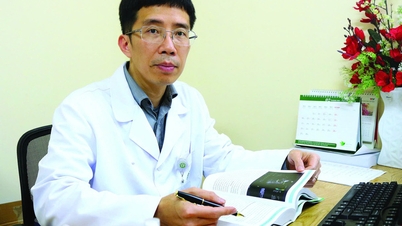
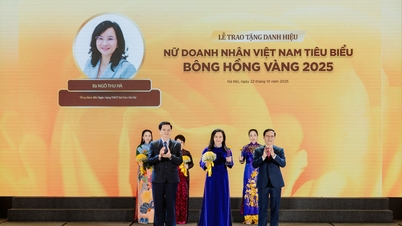

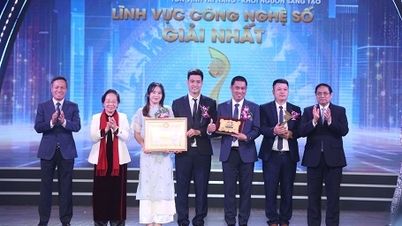
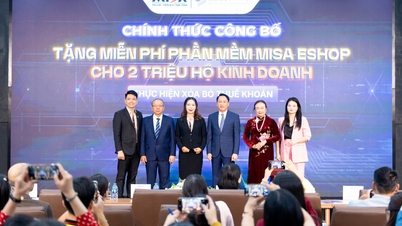

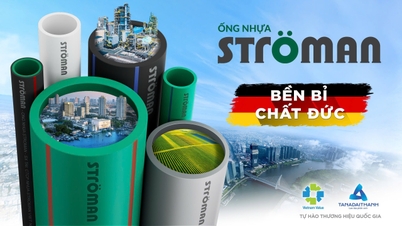
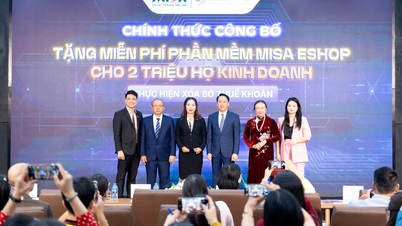







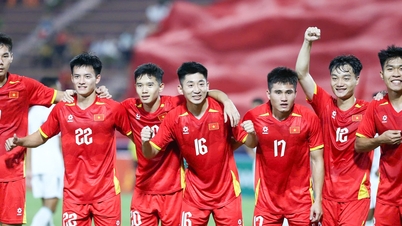

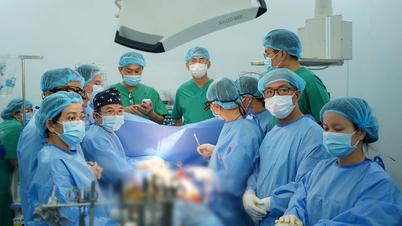
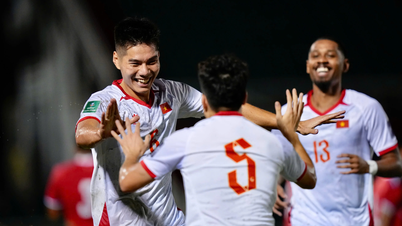
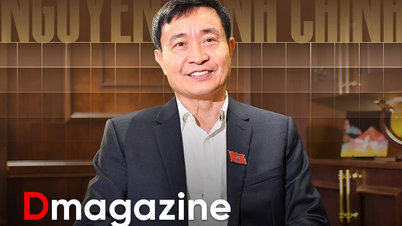
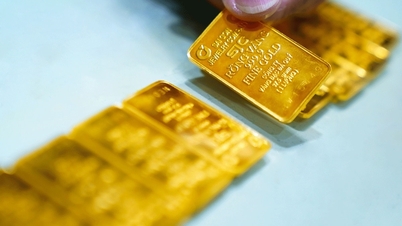

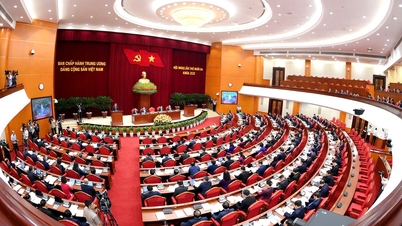
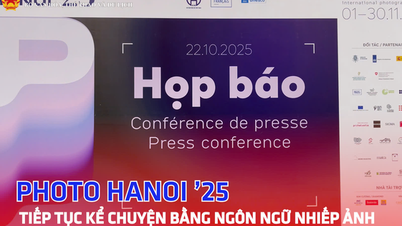

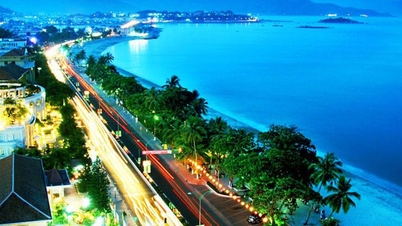
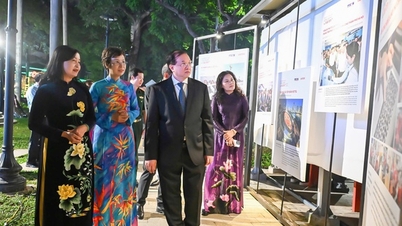
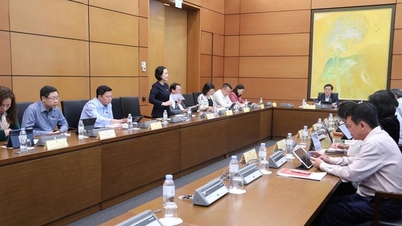
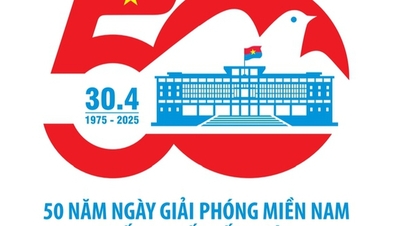
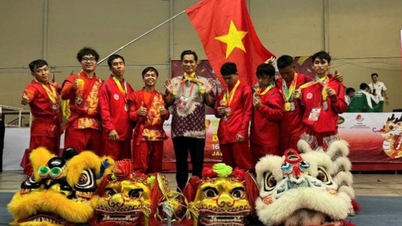
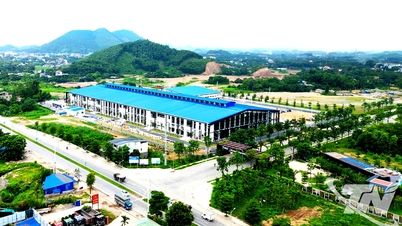

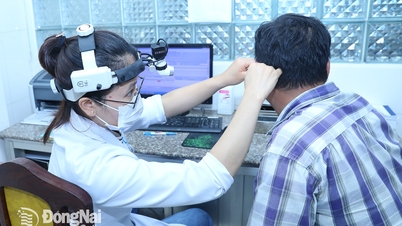
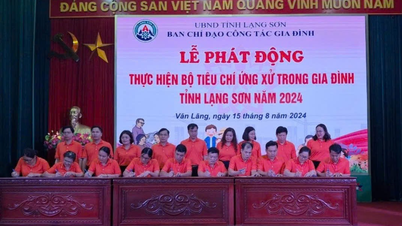

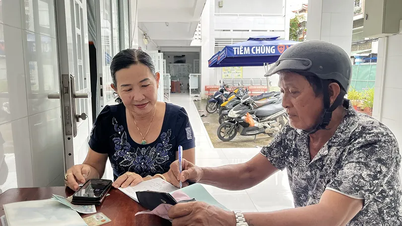

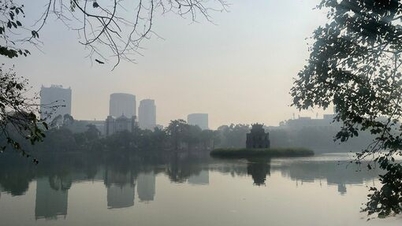

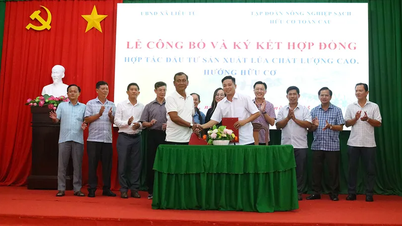
















Comment (0)